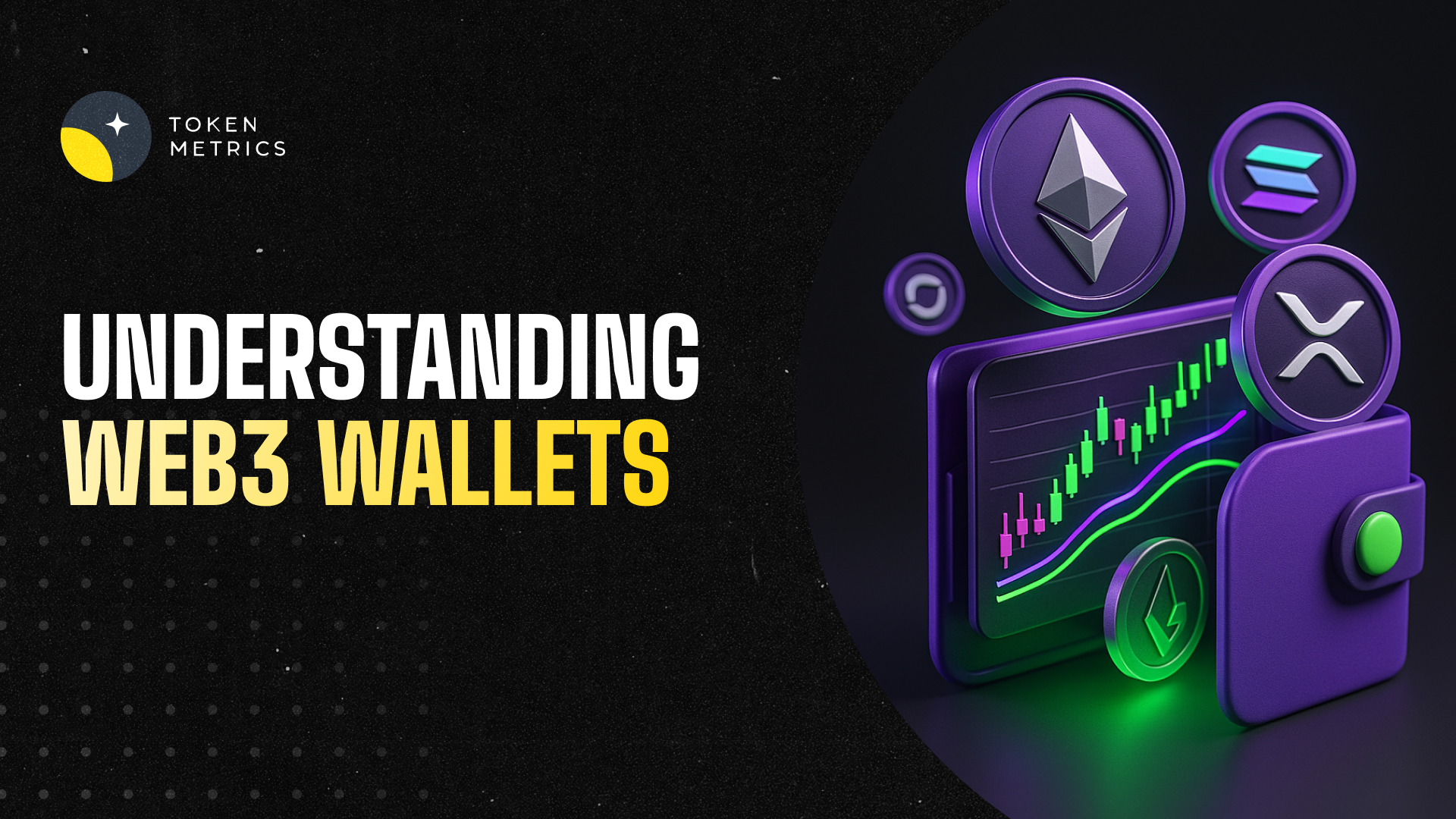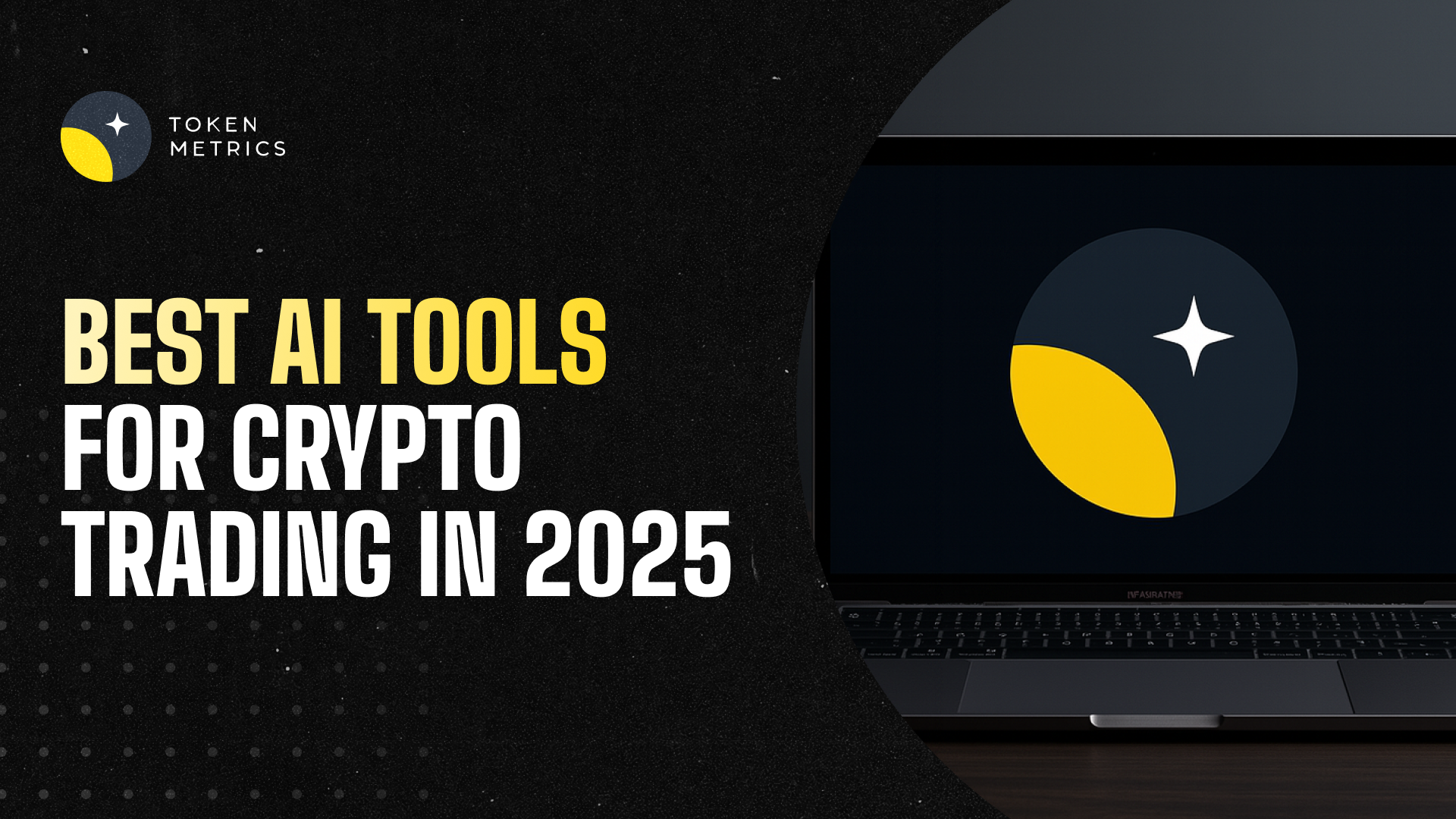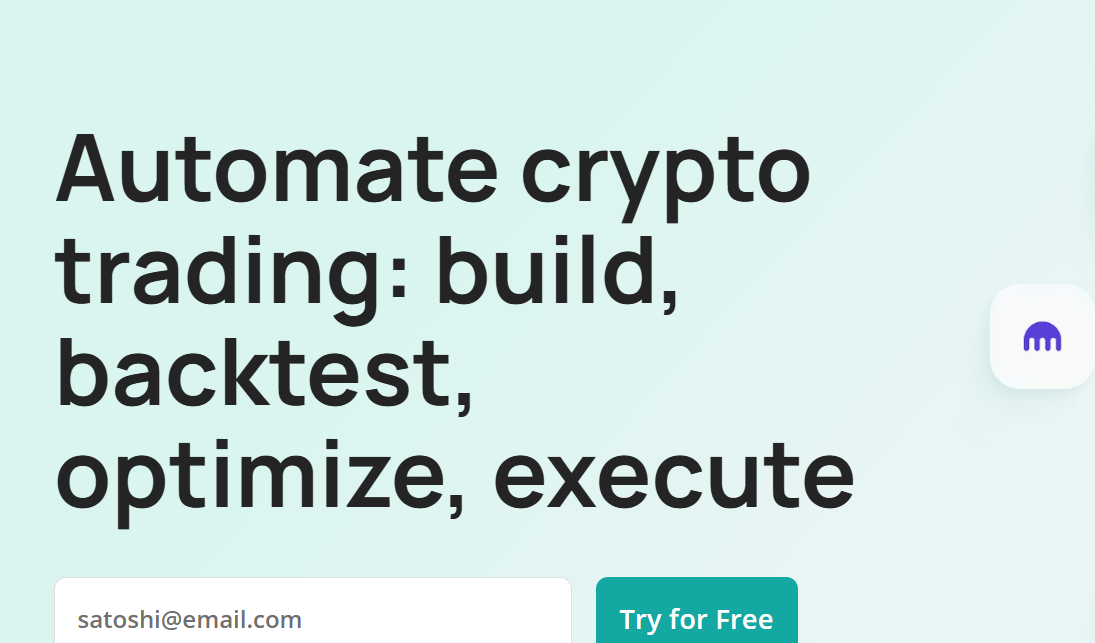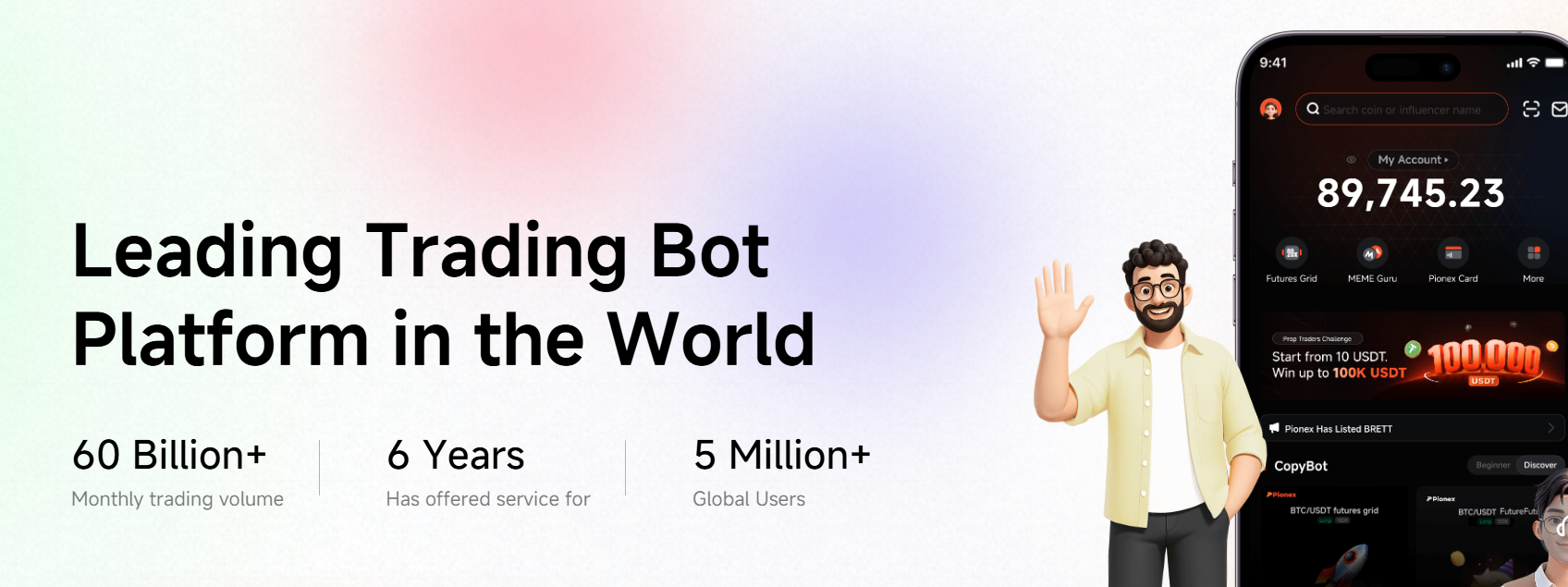
Pump and Dump Schemes - How to Spot and Avoid Investment Scams

As the world of finance continues to evolve, new and innovative investment opportunities have emerged. However, alongside these opportunities come potential risks and scams.
One such scam that has become increasingly prevalent is the "pump and dump" scheme. In this article, we'll discuss what a pump and dump scheme is, how to spot it, and how to avoid falling victim to such investment scams.
What is Pump and Dump?
Pump and dump is a type of investment fraud used in the financial market where one or more people intentionally raise the price of a stock, crypto or other financial assets by disseminating false or deceptive information to lure investors.
Once the price has increased to the desired level, these manipulators sell their shares at a profit, leading to a decrease in price, and leaving innocent investors with securities that are either worthless or overpriced.
How Does the Pump and Dump Scheme Work?
The mechanics of a pump and dump scheme works by manipulating microcap assets, such as penny stocks or cheap cryptos, which are companies with a small market capitalization. These assets are usually traded at a very low price, and do not follow strict requirements for public listing.
Therefore, scammers can easily manipulate information about these assets. The lack of publicly available information provides fraudsters with favorable conditions since potential investors lack the necessary sources to verify all the information about a company and management.
Moreover, microcap assets are highly illiquid and have very low trading volume. As a result, even small transactions can significantly boost the asset price.
The fraudster typically starts by buying a large number of shares in that type of micro cap asset, then spreading false information about the company through various channels, such as social media, chat rooms, and email newsletters.
Once the price of the asset has been artificially inflated, the fraudsters will begin selling their holdings, realizing significant profits. As the scheme is uncovered, the price of the asset typically plummets, leaving unsuspecting investors with significant losses.
Types of Pump and Dump Schemes
There are several types of pump and dump schemes in financial world, including:
Pre-arranged pump and dump: A group of fraudsters will agree to buy a particular asset simultaneously, creating an artificial demand and price surge. Once the price has reached a certain level, the fraudsters will sell their holdings, causing the price to crash.
Social media pump and dump: Fraudsters will use social media platforms to spread false information and create hype around a particular cryptocurrency, stocks or any other asset, encouraging investors to buy. Once the price has been inflated, the fraudsters will sell their holdings.
Exchange-based pump and dump: Fraudsters will use exchanges with low liquidity to create artificial demand for a particular asset, causing the price to surge. Once the fraudsters have sold their holdings, the price typically crashes.
Role of Social Media in Pump and Dump Schemes
Social media plays a significant role in pump and dump schemes as it allows individuals to disseminate false or misleading information about a stock or cryptocurrency quickly and easily to a large audience.
Scammers may create fake social media profiles or use existing ones to promote the cryptocurrency or digital asset and spread positive news about it, encouraging others to invest. They may also use social media to organize groups of investors to buy and sell the asset at specific times to manipulate its price.
Social media platforms such as Twitter and Telegram are popular channels for these activities. Investors must be cautious and verify the accuracy of information before making investment decisions based on social media posts or messages.
Pump and Dump Examples
Here are some real-life examples of crypto pump and dump schemes:
Verge - In April 2018, the cryptocurrency Verge experienced a sudden price increase of over 300% in just a few hours. The price increase was caused by a group of individuals who coordinated a pump and dump scheme on social media platforms. The group created false hype around the cryptocurrency, which caused a massive influx of investors who were looking to get rich quickly.
Soon after the scheme was executed, the value of the cryptocurrency dropped sharply, resulting in substantial losses for investors who failed to dispose of their holdings promptly.
Dogecoin - Dogecoin is a cryptocurrency that was created as a joke in 2013 but gained a significant following due to its popularity on social media. In 2021, a group of individuals on Reddit coordinated a pump and dump scheme on Dogecoin, causing its value to increase significantly in a very short span of time.
The group created a social media campaign that encouraged investors to buy and hold Dogecoin, which caused its value to skyrocket. However, as with all pump and dump schemes, the value of the cryptocurrency eventually plummeted, causing significant losses for investors who were not able to sell their holdings in time.
How to Spot Pump and Dump?
There are several warning signs that investors can look for to spot a pump and dump scheme -
High-pressure sales tactics - Fraudsters often use high-pressure sales tactics to convince investors to buy into a stock or crypto quickly before the price goes up. They may use language such as "this is a once-in-a-lifetime opportunity" or "you don't want to miss out on this."
Unsolicited investment advice - Be wary of unsolicited investment advice from people you don't know, especially if it comes in the form of an email or social media message. Fraudsters may pose as legitimate investment advisors or insiders and offer tips on assets that are "about to take off."
Huge price swings - If you see a stock that is experiencing huge price swings with no apparent reason, this could be a sign of a pump and dump scheme.
Lack of information - If you can't find any information about a company or its products, this could be a red flag. Pump and dump fraudsters often create shell companies or use obscure assets to make it difficult for investors to do their due diligence.
Misleading information - Be skeptical of any information that seems too good to be true. Pump and dump fraudsters often make false or misleading statements about a company's financial health, products, or industry.
How to Avoid Pump and Dump Schemes?
Here are some tips for avoiding pump and dump investment scams:
Do your research - Before investing in any stock, crypto or other asset, do your research. Read the company's annual report, financial statements, and news articles about the company.
Be skeptical - If an investment opportunity seems too good to be true, it probably is. Be skeptical of high-pressure sales tactics, unsolicited investment advice, and promises of guaranteed returns.
Avoid small-cap cryptocurrencies or assets - Investors should be wary of investing in small-cap cryptocurrencies or assets, particularly those with low liquidity.
Use stop-loss orders - Investors can use stop-loss orders to automatically sell their holdings if the price of the cryptocurrency or assets falls below a certain level.
Diversify your portfolio - Don't put all your eggs in one basket. Diversify your portfolio by investing in a variety of stocks, bonds, cryptos and other assets. This will help minimize your risk and protect you from losses.
Use a reputable trading platform - When buying or selling assets, use a reputable trading platform only. Check the platform's credentials and make sure they are trusted, widely used and legally registered.
Is Pump and Dump illegal?
Yes, the pump and dump scheme is illegal as it involves the intentional manipulation of the price of assets through false or misleading information. This scheme is a violation of securities laws in many jurisdictions and can result in serious legal consequences for those who participate in it.
In addition to legal repercussions, individuals who fall victim to the pump and dump scheme can suffer significant financial losses. It is essential for investors to be aware of the risks associated with this fraudulent activity and to exercise caution when investing in cryptocurrencies.
The Bottom Line
In conclusion, the pump and dump scheme is a fraudulent trading strategy that manipulates the price of financial assets by artificially inflating its value resulting in illegal profits for a select group of individuals.
It is important for investors to be cautious, while making investment related decisions in the stocks, cryptos and digital assets. Since these assets can be volatile and unpredictable.
Disclaimer
The information provided on this website does not constitute investment advice, financial advice, trading advice, or any other sort of advice and you should not treat any of the website's content as such.
Token Metrics does not recommend that any cryptocurrency should be bought, sold, or held by you. Do conduct your own due diligence and consult your financial advisor before making any investment decisions.

.svg)

Create Your Free Token Metrics Account

.png)




%201.svg)
%201.svg)


%201.svg)













.svg)




.png)